Where to Eat, Stay, and Play in Antigua, Guatemala

Molly Berry/Luna Zorro Studio; Allie Jorde/Luna Zorro Studio; Paula van de Kamp/Wild Daughter
Antigua is one of our Best Places to Go in Central and South America for 2024, part of our global guide to the Best Places to Go in 2024—find more travel inspiration here.
Despite a recent surge in popularity, Antigua, Guatemala, has always been outrageously beautiful. This Central American secret, which was devastated by an earthquake in 1773, has been in recovery ever since—but there’s a new swagger to this city of Spanish colonial bones, impossibly gorgeous baroque churches, cloistered patios, and toppled saints of stone and stucco.
Amid colorful homes, new places to stay, and things to do plus new flights to the country make Antigua an enchanting place to visit. Villa Bokeh, a Relais & Chateaux property opened in Antigua during the pandemic and the team behind Luna Zorro Studio—known for its textiles, workshops, and curated trips—will open La Valiente, a two-bedroomed boutique rental by the end of the year alongside a café/wine bar and store. Every easter, Antigua’s Holy Week processions are the most mesmerizing on earth (outside of perhaps Seville, Spain's). El Pregón, a new indispensable digital guide to the routes has been published. Each year, locals lay carpets of dyed wood shavings colored with seeds, cocoa beans and flowers over which religious brotherhoods—made up of columns of up to 80 men draped in purple robes—process through the antique streets. These fraternities carry religious statues through clouds of billowing incense against a soundtrack of solemn music. It’s a heady and unforgettable experience. Ask your hotel about taking part in a carpet-making class, or contact Jharan Marroquín at Luna Nueva to arrange.
Antigua swells each weekend as Guatemalans from the capital seek escape in the boutique stays of the city. It’s at these times the journey from Guatemala City takes longer than the usual 60-minute trip. The “Land of Eternal Spring’, so named for its year-round temperatures of a balmy average of 82 degrees and biodiverse landscapes, makes for a year-round vacation destination. Alaska began a daily service from Los Angeles to Guatemala City in December. Delta has increased its frequency to Guatemala from Atlanta to twice a week. Avianca flies from multiple cities and has resumed its flights from Chicago joining United Airlines and Volaris at O’Hare. American flies from Miami.

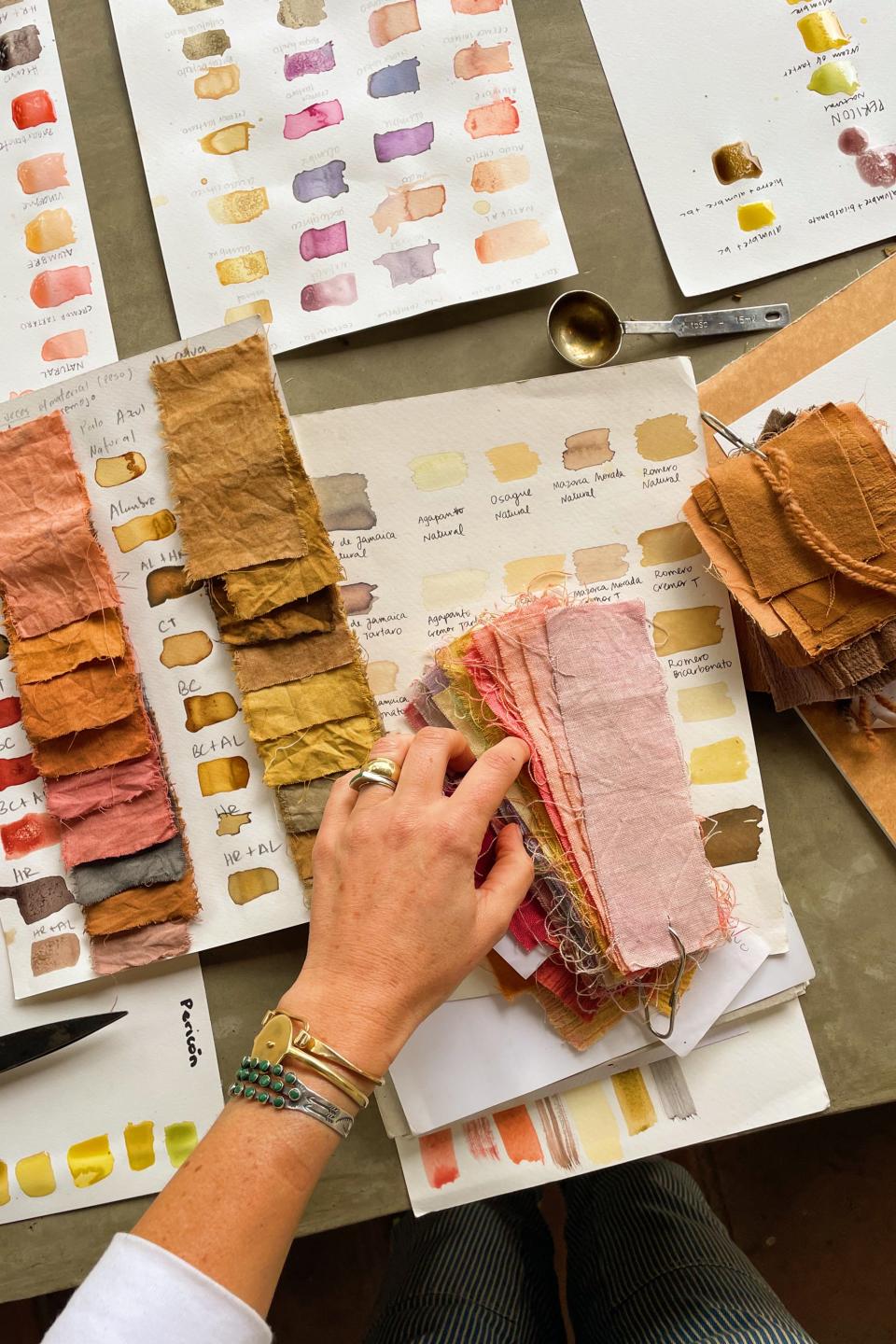
The best things to do
Antigua’s historic heart has been unesco-protected since 1979 and is best explored on foot. Begin at the Dominican Monastery ruins scattered around the Hotel Casa Santo Domingo. Stroll the cobbled streets of fallen churches and homes in sorbet shades of mint, mango and tangerine with a guide from Viaventure. The tour ends in the leafy main square where the handsome buildings of the Spanish conquest span whole city streets. San José Cathedral with its 66 collapsed cupolas sits diagonal to the Captaincy General. Once off-limits to the public, this repurposed building opened as the National Museum of Art Guatemala (MUNAG) in autumn 2021. It’s a deeply impressive venue with exhibits celebrating 3,000 years of history: jade pieces from the grave burial of King K’utz Chman (350 BC) at the Maya site of Tak’alik Ab’aj, enormous canvases from the Passion of Christ series by 18th-century painter Tomás de Merlo, and the ethereal resin and mixed media work of contemporary sculptor Maríadolores Castellanos and conceptual artist Darío Escobar’s gold estofado-decorated McDonald’s soft drink cup.
If you’re looking for more deeply rooted traditions of art, find them in the textiles of Guatemala’s Maya, too. Most Maya of the Antigua region are Kaqchikel, one of the country’s 22 indigenous communities. Each Maya group wears its own hand-woven traje (outfit) for men and women. The richly worked fabrics and clothing can be found in stores such as Colibrí, founded to assist women widowed during Guatemala’s 1960-1996 civil war. Today, Colibrí sells the work of 500 Maya weavers. A pick and mix approach underscores emporium Nim P’ot. Look for the exquisite long headpieces from the Western Highlands village of Aguacatán. At Museo Carolina’s Textiles weaving studio just outside the city at San Antonio Aguas Calientes, Carolina’s daughter Astrid Guaran tells the stories of their trajes and heirlooms—giving you the opportunity for firsthand insight into the world of Guatemala’s beautiful threads.
Journey deeper at weaving classes with experts at Kakaw Designs or at a natural dye workshop at Luna Zorro Studio unwrapped in the fresh-air grounds of a 19th-century coffee plantation on the outskirts of Antigua. American Molly Berry and her team source hand loomed fabrics and other work crafted by 35 Maya artisans at an on-site studio.
With all the dipping into irresistible stores, you’ll need to fuel up at Artista de Café or turquoise-tiled 12 onzas. But for the full 360 bean-to-brew, ramble the lower slopes of Agua Volcano for an immersive introduction to Guatemalan coffee with the González family who tend 30,000 arabica coffee plants followed by a grinding class and tasting at their home.
Antigua’s trio of volcanoes have shaped the fate and fortunes of the city. Fuego flicks ash several times a day; Pacaya is a little further from Antigua. It’s active on a whim but not spilling fiery lava at the moment. Horse ride up the serried fragmented scree on a micro-adventure with sustainable Guatemalan Horse Tours. The kick? Lava cooked pizza, wine and roasting marshmallows at the base of the show-stealing volcano as dusk slips to inky darkness.
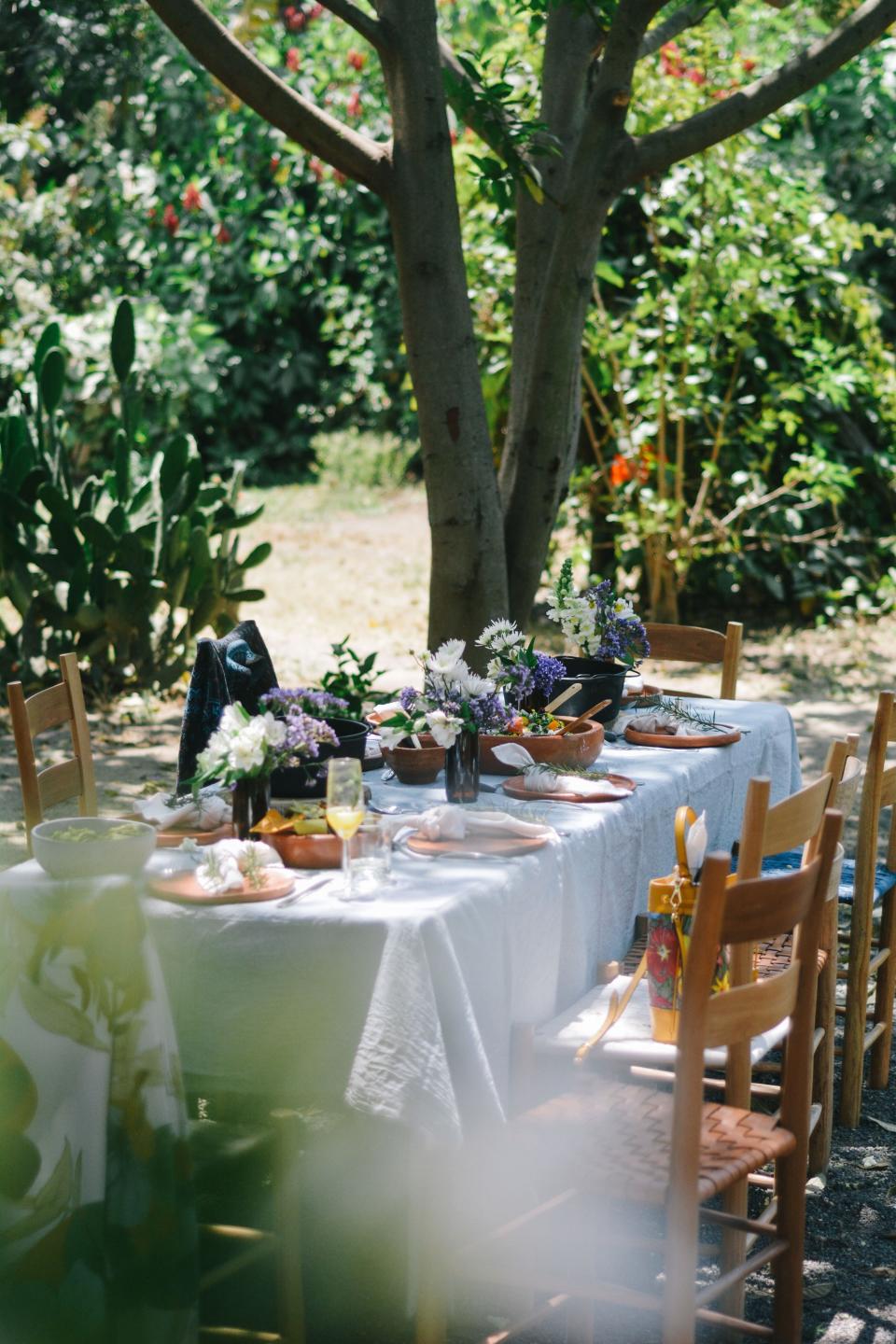
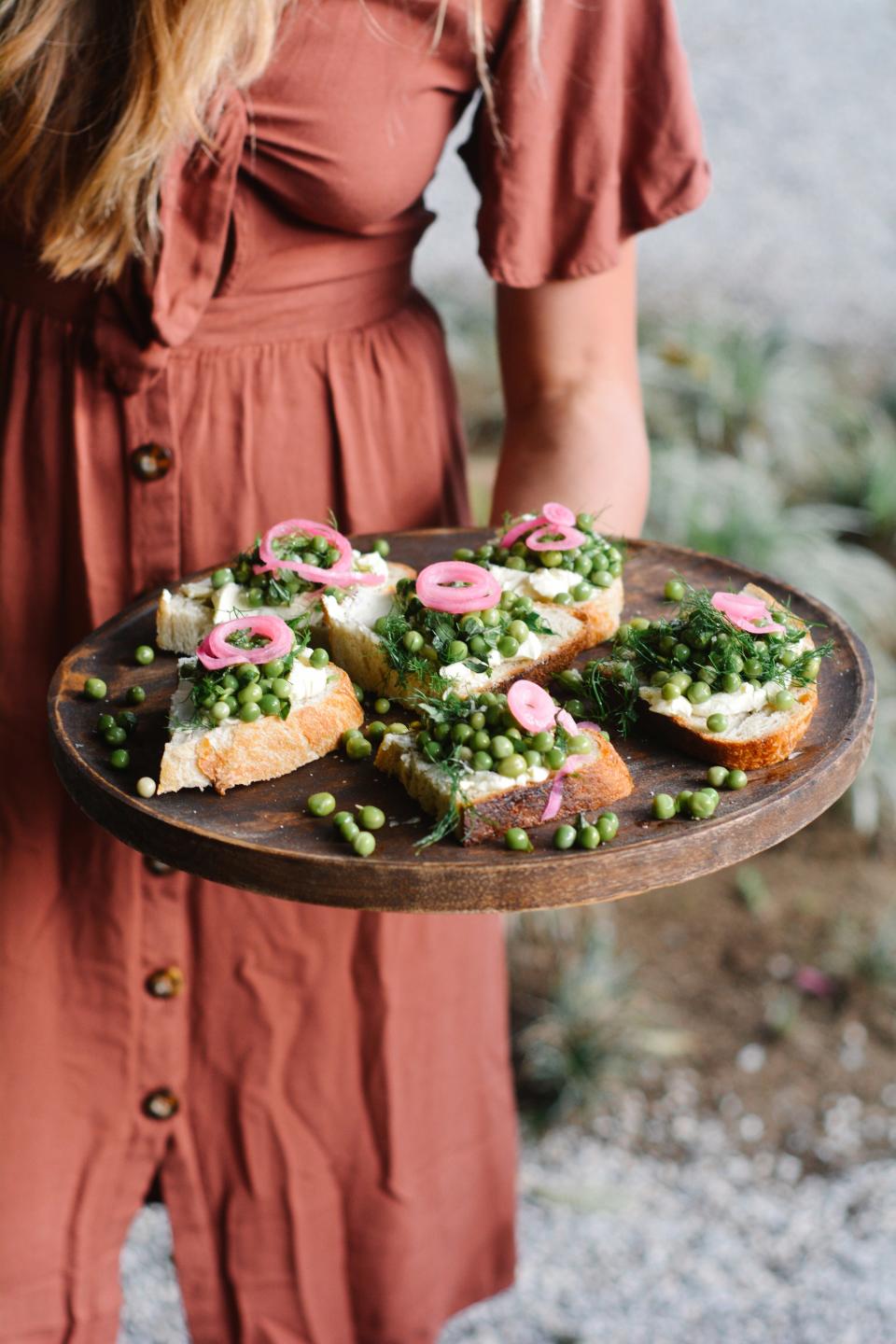
Where to eat and drink
A ripple of restaurants in a city with a great number of Guatemalan and international treats are treasured addresses in town. The pork dumplings are legendary at Barriga Llena, a hole-in-the-wall style restaurant with walk-ins only. Brainchild of chef Mario Godinez, lately of long-standing Antigua favorite Bistro Cinq and Carlos Sosa of Opíparo (burgers in the capital and Antigua), the dumplings are slathered in pickled veg and chimichurri sauce. Wash them down with chicha (maize) soda.
The elegant, candle-lit La Cueva, part of the restaurant of Mesón Panza Verde serves robust dishes of poultry, duck and red meat with big-hitting flavors. In 2004 Alex Kronick turned the soil of a roses and coffee plantation into Caoba Farms, serving farm-to-fork lunches. Think bowls stuffed full of organic leafy greens, buffalo burgers, mozzarella salads and pizzas. Temple to vegan cuisine is once:once, where Asian and Mexican fusion are strong on the menu in the patio garden as is panache and conscience. Sundays are for the flavor-laced renowned brunches of chef Mario Campollo at the Hotel Santo Domingo. Feast on chuchitos (corn husk-wrapped tamales stuffed with pork in spiced paste), pupusas, homemade breads and crepes in the historic setting. Noemi Dulischewski formerly of Berlin Brünch in London arranges new brunch pop-ups with botanical cocktails in the Finca La Azotea grounds of Luna Zorro. Wild Daughter sees gorgeous alfresco dining tables decorated with wildflowers where Noemi creates cochinita pibil, a Maya slow-roasted pork dish on home-made brioche and chilaquiles verdes, fried tortilla chips made from El Comalote heirloom corn served with fire-roasted black corn, tomato salsa, avocado, black lime and cilantro flowers.
Nights are for magical experimentation. Reach speakeasy-style Ulew via a red telephone-style box below Antigua Brewing Company where craft cocktails are unscripted and mixed to order after barflies suggest their favorite tipples and flavors. At boho haunt Café No Sé you’ll need to crouch to get through to a secret spot to sample Ilegal Mezcal, a double-distilled agave liquor that Oaxacans call the ‘drops of time’.
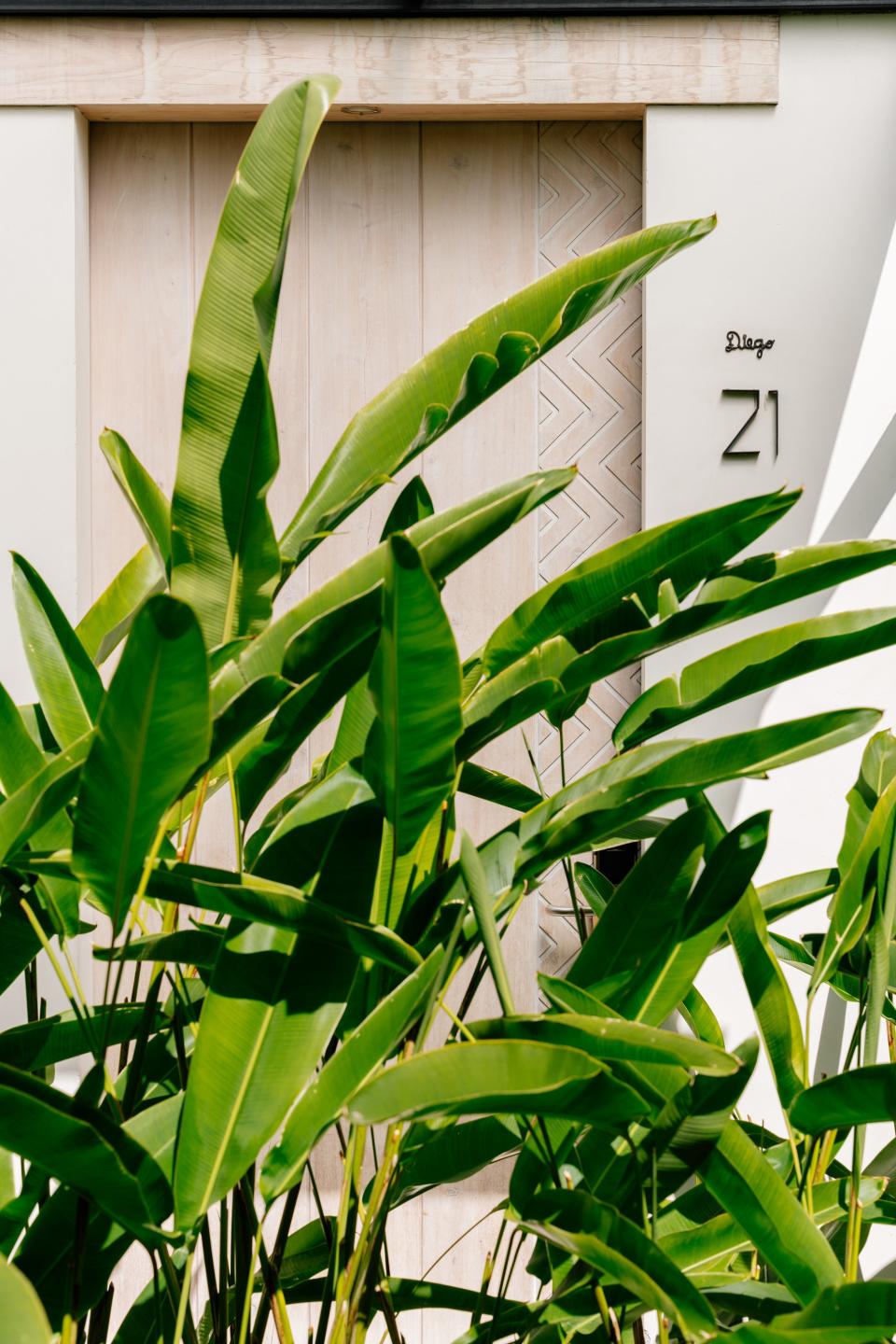
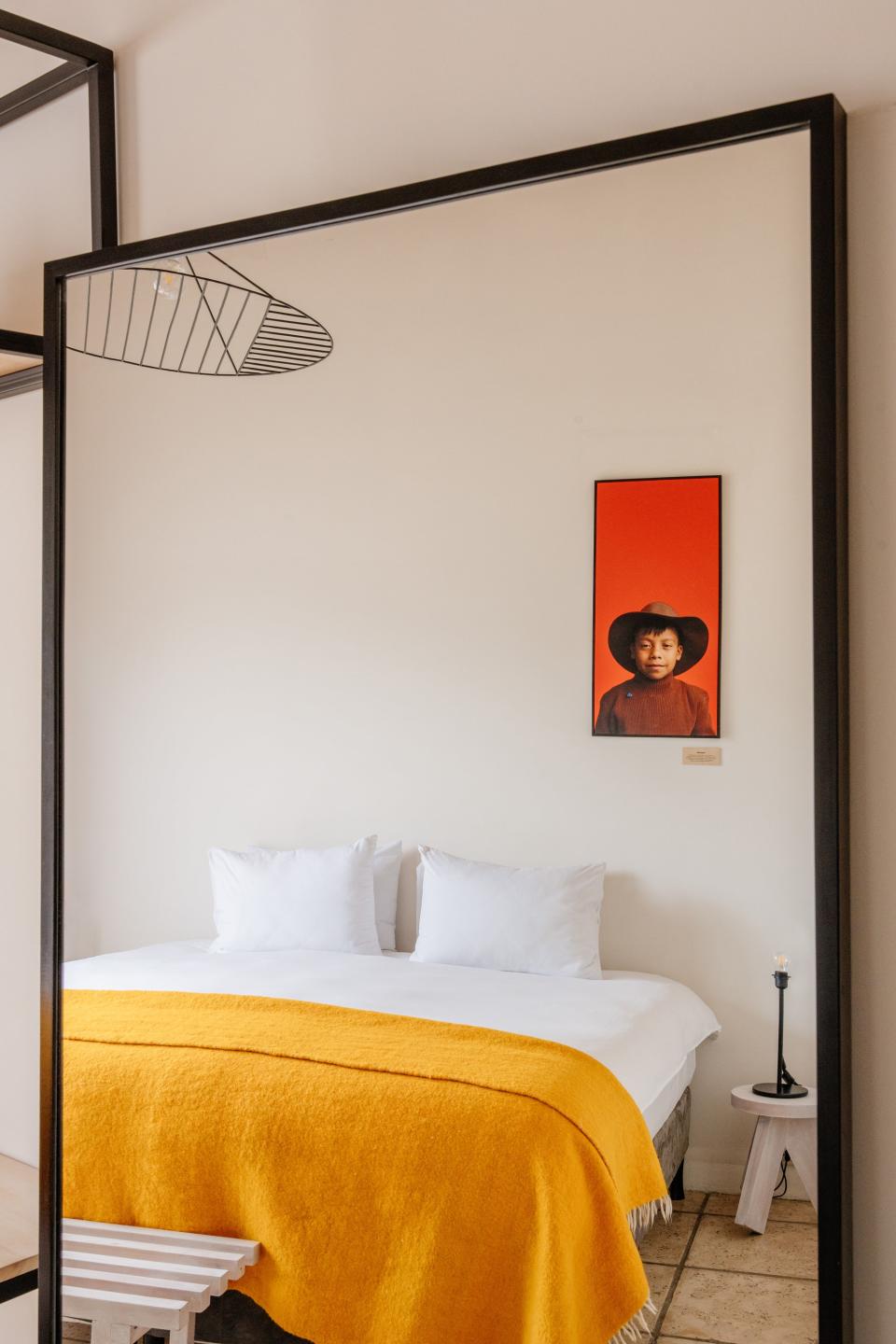
Where to stay
Childhood friendships brought Claudia Bosch to the door of a down-on-its-luck, hacienda-style villa coddled in greenery on the outskirts of Antigua. Claudia’s daughters went to school with the daughter of American photographer and textile entrepreneur Mitchell Denburg, the owner of the property. Claudia and her younger daughter Katina Jongezoon, a designer, alongside Paliare Studio, transformed Villa Bokeh which opened with 15 striking rooms in a color palette that roams from onyx to rose pink. The hideaway is artfully decorated with the work of contemporary Guatemalan artists and the restaurant, overseen by executive chef Marcos Sáenz (who worked at Spain’s two-Michelin star Mugaritz), opens out onto lush gardens of palms and fruit trees and parasoled tables with a show-stopping view of Agua.
Good Hotel is a design-forward stay with a big heart. Dutchman Martin Dresen invests 100% of Good Hotel profits into powering education for Guatemalan children from low-income families. The rooms—pared back and minimalist—with an outsized portrait of each child newly schooled—will be joined by 24 more plus a six-meter-long pool by the end of the year.
Luna Zorro’s La Valiente, a two-bedroomed boutique stay designed by Molly Berry and her Guatemalan husband, will soon open. The property uses sustainable hardwood harvested from his family’s forestry plantation and furnished with a curated selection of the studio’s textiles, ceramics, and lighting.
Originally Appeared on Condé Nast Traveler

